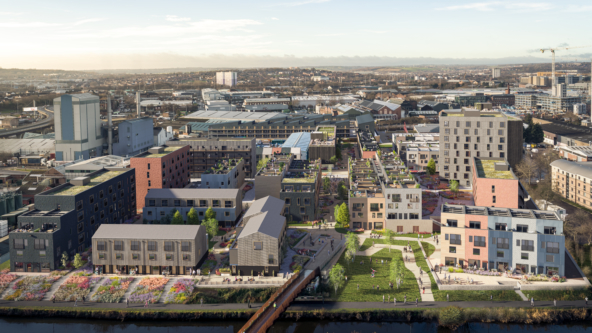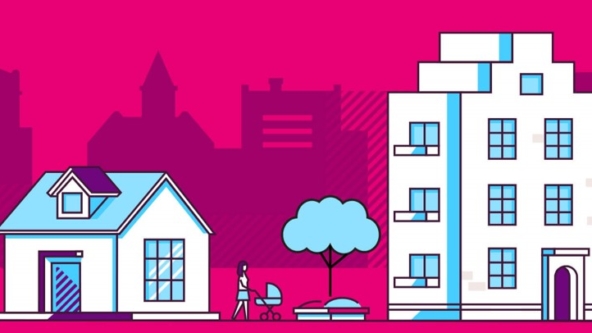According to BMA survey 4 out of 10 GPs believe their premises are unfit for purpose. They are struggling to deliver essential primary care services because buildings are out-dated, cramped and have seen no real investment in the last decade or more.
Many primary care providers are dealing with more patients, with more complex medical needs, in buildings with limited access for wheelchair users or people with mobility issues, sharing consulting rooms with colleagues, and often in a poor general state of repair. Delivering on the government’s targets to provide more community-based care is simply not feasible in many GP premises.
While in some situations refurbishment is an option, for many the only real solution is to develop new purpose-built primary care premises designed to meet demands from patients, and government targets, now and in the future. New facilities are vital for delivering the ambitions of the Five Year Forward View to grow the primary care workforce, extend access to general practice and to deliver a wider range of services in the community.
So what are the options available to GPs and other primary care providers?
Owner Occupied Premises
The traditional model has been for GP practices to own their own premises with partners investing in the property and facilities. While ownership is attractive, the capital value of land and property being a key driver, ownership comes with inherent challenges.
The lack of investment in updating existing premises highlights the problem that GP partners face in getting funding to improve facilities. Any major refurbishment project, or the development of new premises, also comes with risk. Partners often don’t have the appetite for being personally liable for any losses. Even when a LLP (Limited Liability Partnership) exists, if the company has no assets and the development requires 3rd party funding, partners may still need to provide personal guarantees.
Another challenge for the ownership model is the issue of recruiting new partners and what happens when existing partners want to retire. Buying out a senior partners’ share in the practice to secure a partnership, is a model that is looking increasingly outdated. Many younger GPs don’t want to take out large loans to buy their share of the premises under the practice agreement. Nor do they want the personal liability, risks and additional costs associated with owner occupied premises.
At the other end of the GP career ladder are GP partners wanting to release their equity from the partnership and retire. In some cases, because of the issue of recruiting new GP partners, practices have been forced to close down. A poll by the BMA suggests that a third of GPs are planning to retire in the next five years.
Those GP practices who decide they do want to continue owning their own premises, having secured investment for redevelopment or to develop new premises will need to source an experienced project manager / surveyor to oversee the development.
They will need a clear idea of what you want so they can put the development out to competitive tender, and the devil is in the detail. Costs can escalate rapidly if changes are needed as the building work progresses. What may seem like an inconsequential change can have ramifications for the rest of the build. Therefore it is vital that the partnership considers their options carefully, assesses their requirements now and in the future, and draws up a detailed strategy and plan.
Leasing Primary Care Premises
The alternative to premise ownership is to lease property. The trend towards this model is led in part by the NHS who favour GPs as tenants, and also the issue of securing investment for redevelopment, as well as the recruitment vs. retirement challenge outlined above.
While naturally the lease model means that GP partners no longer enjoy the capital value of the asset which property ownership affords them; it does remove many of the risks and liabilities that are considerably less attractive.
By partnering with a private sector developer, GP partners can focus on what they’re best at – delivering excellence in primary care services and also improving community-based care as a result of having the right premises and facilities.
A specialist primary care developer will secure investment and manage the entire project. This route can also result in more innovative, future-thinking premises as specialist developers draw on their experience with other primary care developments.
For owner occupied GP practices, leasing can also be an option. As property partners with The Lewisham Care Partnership (TLCP) we have facilitated a sale and leaseback of the Morden Hill Surgery, providing for the eventually replacement with new premises. This allowed equity release to the property owning partners, of whom some plan to retire in the near future, and the investment required to ensure that the surgery can meet demand from a growing patient list.
Find out more about our partnership with TLCP here.
If your practice requires investment to ensure it is fit for purpose and a sale and leaseback agreement is of interest, get in touch with our team to discuss your options. Call 0203 142 4829 or email [email protected]


